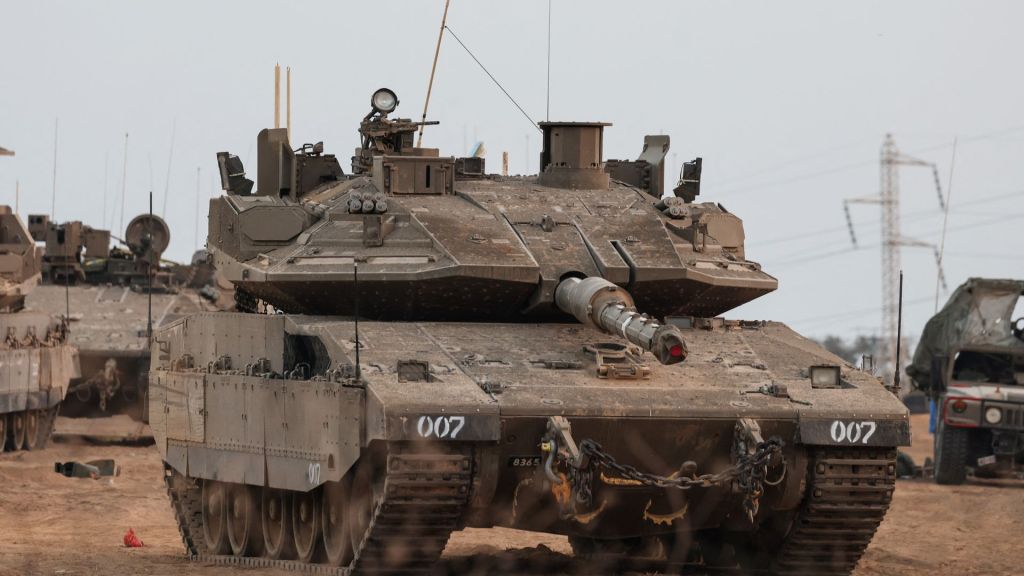UNIDENTIFIED BATTALION CHIEF OF PORTLAND FIRE AND RESCUE SAYING DURING PRESS DEBRIEFING: “You have so much heat and so much intensity that that plume raises, raises, and it’s just billowing smoke. And in that smoke is all this heavy particulate firebrand’s. That’s how you see spotting up to several miles etc. Well, as that’s building throughout the day, the sun sets, the temperatures go down, and all of a sudden that fire can no longer support that billowing tower, that plume. So it oftentimes will collapse all at once. So you get this, you know, five square mile plume (8 kilometers), that’s 40,000 feet (about 12,200 meters) in the air that comes crashing down. Because now that it’s not being lifted like a hot air balloon by heat, it will come crashing down and can create 50 mile an hour winds (80 kilometers) — not gusts — 50 mile an hour winds for up to 10 minutes. So that can absolutely wreak havoc on all the crews that are out there and all the structures that, you know, aside from 50 mile an hour winds, we thought they were safe. Now we’ve got 50 mile an hour gusts and all ‘bets are off’. What largely the zig-zag, the ‘Hotshots’, will do is they will then work up and down that road and light (ignite) the whole thing off at once. And because we’re lighting off a small fire here, it doesn’t get overwhelming. It doesn’t ‘spot’ (jump) across the road. What it does is it burns the fuel between us and the oncoming fire. So when that 100 foot (30 meter tall) fire flame lengths meet this blacked-out section, the back burn section that we just created, we’ve taken the fuel from it. So now those hundred foot flame lengths might go down to five foot flame lengths (1.5 meters) and then just creep forward. And now it’s more manageable for us. And so on these larger fires that’s absolutely one of the key tools in the toolbox. All the massive fires you see in California, they’re all wind driven. There’s been relatively no wind here. So this is all just fuel driven. How dry it is, how low the moisture content is. And if it crosses a road that they’re — I want to say, don’t quote me on this, but I want to say service road 34 — where they’re really trying to hold that, if it gets across that road, it’s going to get into 150,000 acres of beetle kill (forest). And it will be compared to what we’ve seen, which is extreme, it will beyond that extreme. A hundred fifty thousand acres of total beetle kill forest with moisture content in the single digits. And it’ll be an absolute inferno that you’ll continue to see from space.”






